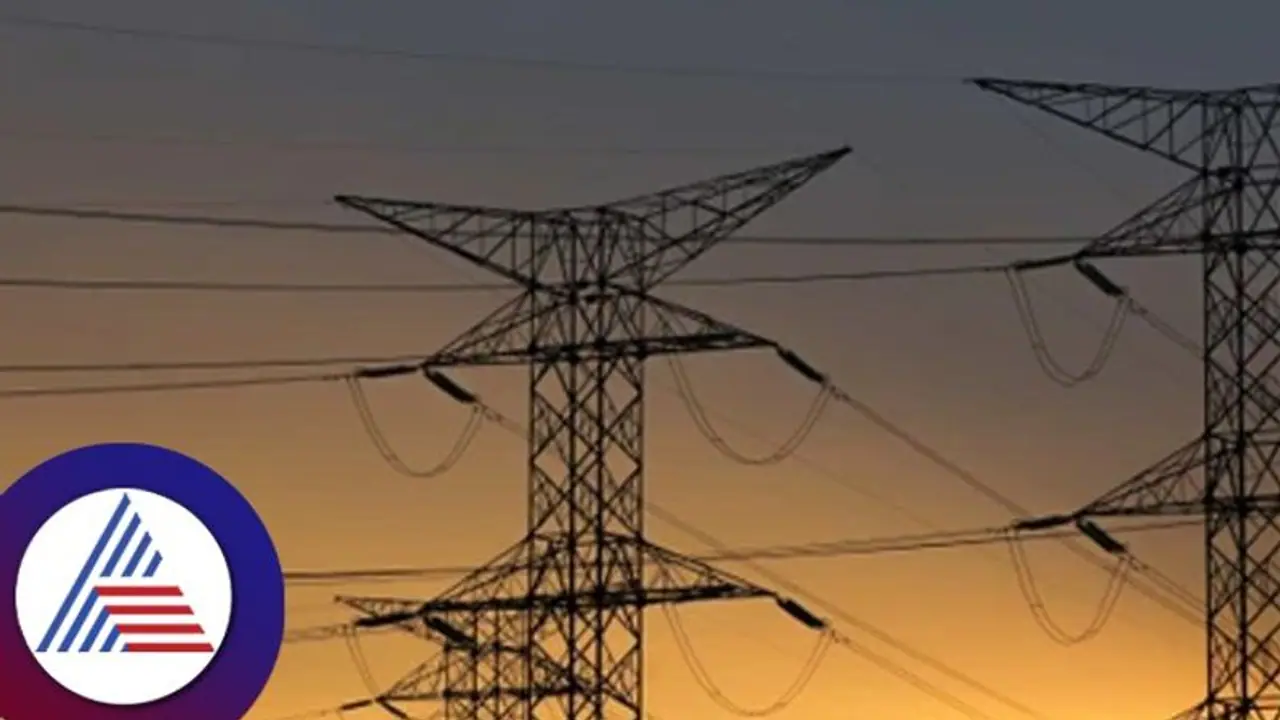Karnataka faces a severe power shortage amid water scarcity, with daily demand spiking to 323 million units on March 6, far above the usual 200-250 million. Declining reservoir levels reduce hydropower, forcing reliance on inadequate thermal plants and IPPs, with 34.41 million units purchased from external sources.
Amid the impending water scarcity crisis, Karnataka finds itself facing a severe shortage of power, descending many areas into darkness due to unauthorized load shedding. The surge in electricity demand, heightened by the scorching summer temperatures, has pushed consumption levels to exceptional heights, with citizens bearing the brunt of blackouts across the state.

On Wednesday, March 6, the daily average electricity demand skyrocketed to 323 million units, a significant surge from the usual range of 200 to 250 million units. This spike in consumption reflects the elevated reliance on electrical appliances like air conditioners and fans amidst the humid heat. To put this into perspective, just earlier this year on January 1, electricity consumption stood at 261 million units, while during the rainy season last year, it reached 200 million units on August 1.
Karnataka govt reduces electricity tariff rates for high-consumption customers; check details
Furthermore, the strain on the power grid is evident in the escalation of megawatt usage, with peak consumption reaching 16,790 MW on March 6, compared to a range of 9,000 to 12,000 MW on normal days. This surge in demand has outpaced the capacity of state-owned power plants, which have a maximum production capacity of 8,852 MW but could only generate 3,685 MW on March 6.
Bengaluru water crisis: Residents shocked as water board issues hefty bills amidst no Cauvery water supply
The decline in power generation can be attributed to multiple factors, notably the diminishing water storage levels in reservoirs leading to a partial decrease in hydropower generation. Consequently, thermal power plants have had to bear a heavier load to compensate, with units such as RTPS, BTPS, and YTPS producing a maximum capacity of 2,741 MW out of 5,020 MW. Although thermal power plants are generating more electricity compared to hydropower, the production remains insufficient to meet the soaring demand.
Bengaluru water crisis: Resident of posh gated community rush to nearby mall to use washrooms; check post
Compounding the issue is the state's reliance on Autonomous Power Producers (IPPs) due to the inadequate output from government-owned plants. On March 6, a staggering 6,862 MW of electricity was drawn from the central grid, with private companies supplying an additional 5,363 MW through the Non-Conventional Energy Projects (NCE) network.
To balance the shortfall, the government has resorted to purchasing power from external sources. On March 6 alone, 34.41 million units of electricity were procured, including 9.99 million units from Damodar Valley Corporation (DVC), 9.95 million units from UPCL, and an additional 14.47 million units through the power banking system for reconciliation between states.
